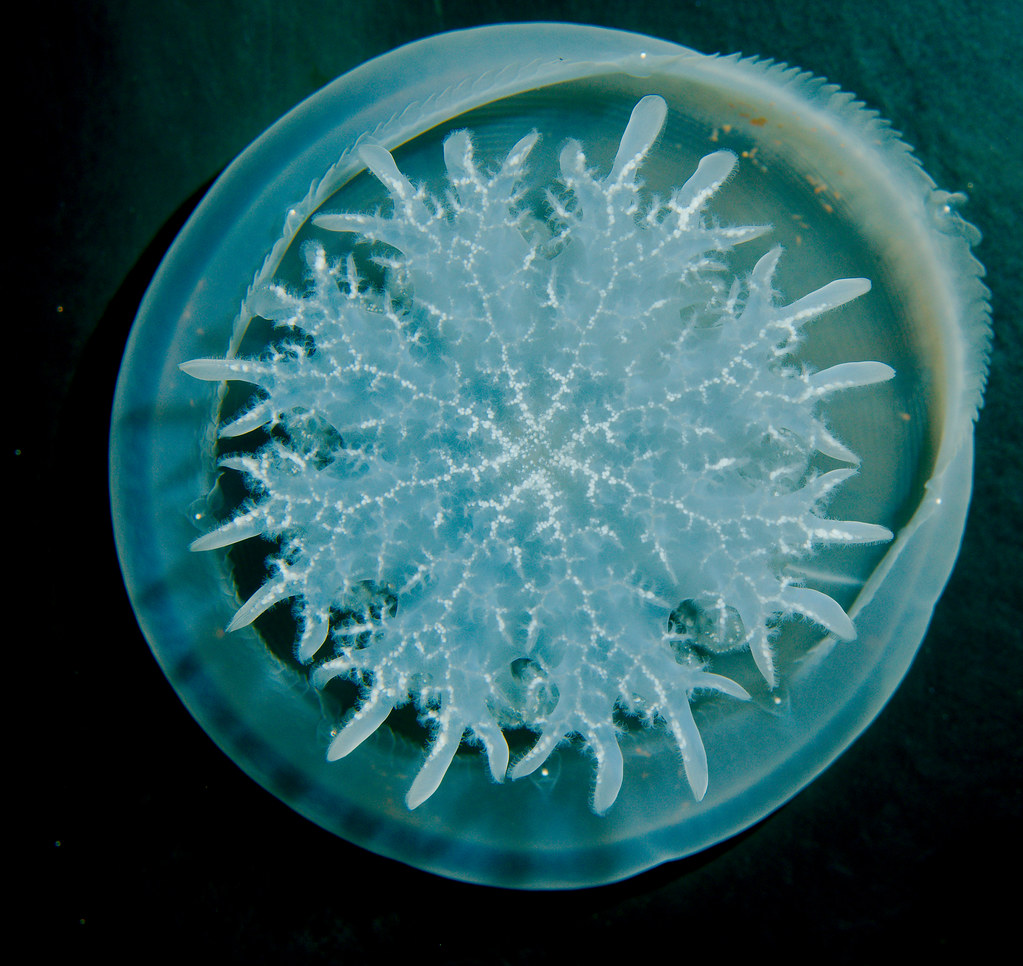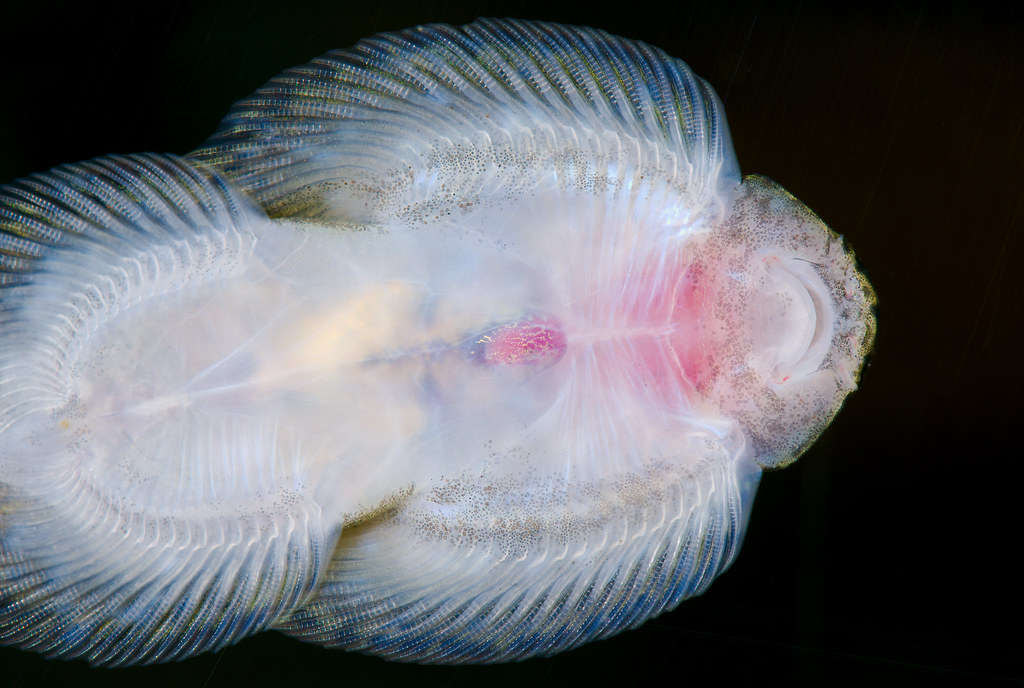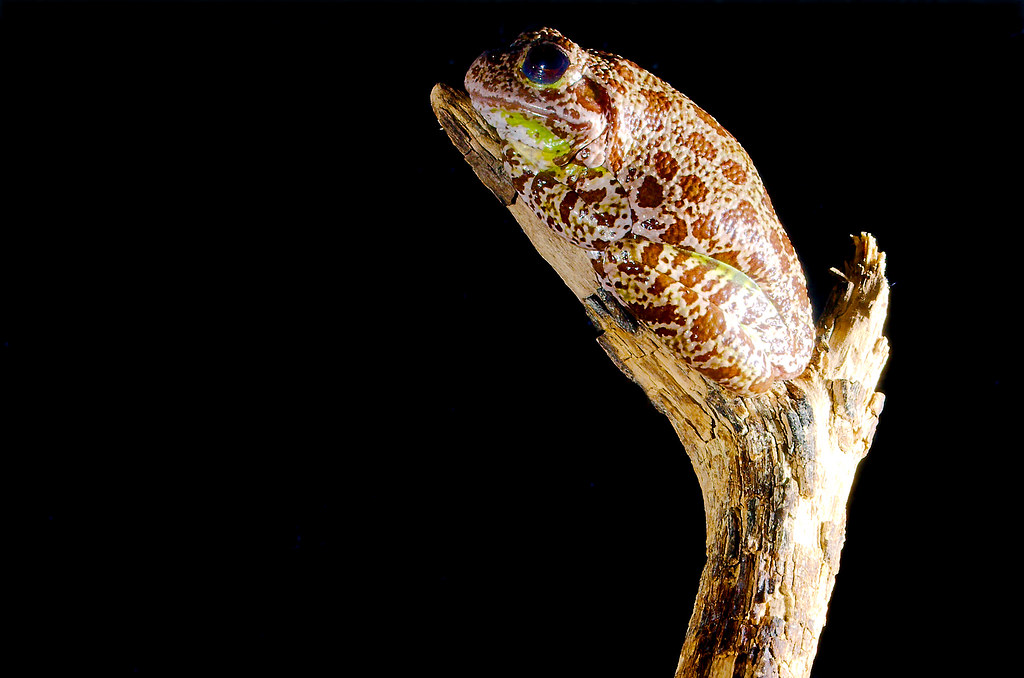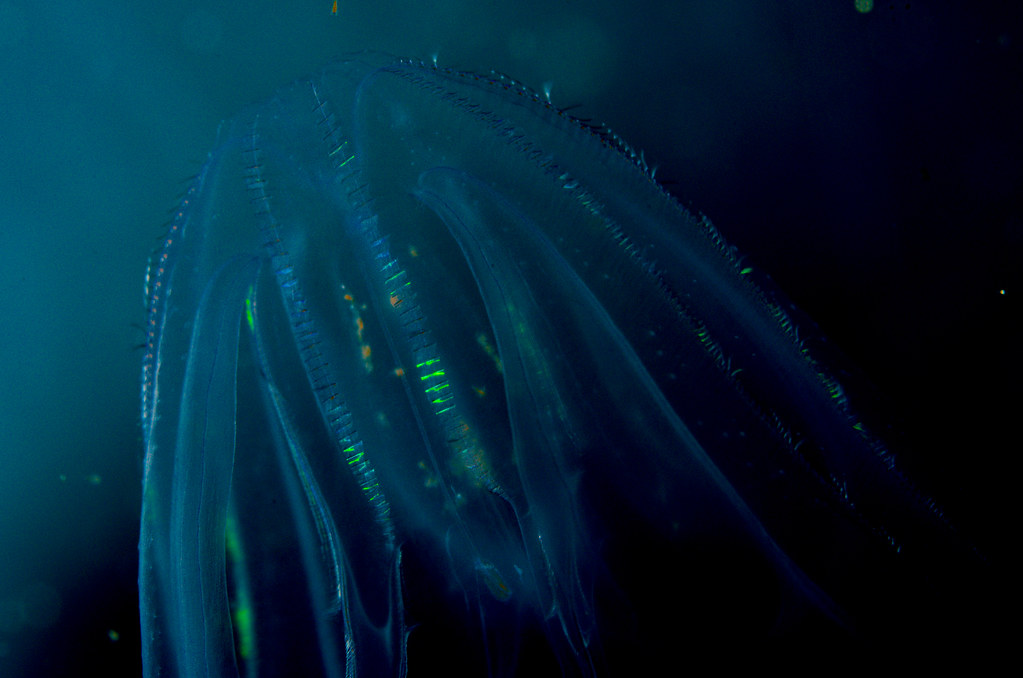And lo, Evolution thus spake “thou shalt grow large fragile eyes and place them upon long fragile eye stalks” and the shrimp of little brain replied “sure, what could possibly go wrong with that plan?”
Tag Archives: Tennessee Aquarium – Chattanooga
Aquatic caecilian (Typhlonectes natans)
Sign
Chocolate Chip Sea Star (Protoreaster nodosus)
Cannonball Jellyfish (Stomolophus meleagris)
Cannonball Jellyfish (Stomolophus meleagris)
Butterfly Hillstream Loach (Beaufortia kweichowensis)
Hatchetfish
Phantasmal Poison-arrow Frog (Epipedobates tricolor)
Russetfin Topminnow (Fundulus escambiae)
Barking Tree Frog (Hyla gratiosa)
Paddlefish
Mossy Frog (Theloderma corticale)
Leucistic Alligator
Turtle Tract Tuesday
For the next two months, I will be running Turtle Tract Tuesdays (TTT), a name that will make sense shortly. This TTT is focused on the concept of hunger.
In 1966, the world population was 3.4 billion people. In 2016, it is now 7.4 billion. That is a very significant change. When you more than double the number of people on the planet in a mere 50 years, things start to break. The systems that can feed 3.4 billion people can not feed 7.4 billion. And while we have adapted, we as a people are still ravenously hungry.
Our physical hunger has begun to empty the oceans as marine fish capture has risen over 400% in the last fifty years, rendering some species extinct and many endangered.
Our hunger for wealth has massively expanded the real GDP, but with it our hunger for energy grew. That caused an increase in the pollution that satisfying that hunger brings (oil spills, carbon dioxide, methane, nitrogen, and nitrous oxide). As a result, one of the big changes is in the temperature of our planet and the increasing acidification of our oceans.
Hunger is an interesting feeling. There are many feelings in human experience that, once satisfied, leave a significantly lessened memory. The pain you feel in the moment is always stronger than the pain you remember. The desire you have for a thing or a person is never as strong in retrospect. And hunger … hunger is one of the worst.
When you are hungry … truly hungry … little else matters in your world. You can’t think about the work you have to do. You can’t plan ahead. You must satisfy that hunger as soon as possible, even if it means thinking in the short term and winding up in a worse situation just to satisfy your hunger … overspending on a meal, eating something that’s bad for you, etc.
However, in someone else, it’s entirely different. They may hold up a sign that reads “hungry”, they may beg you for food. Generally, the response is “Eh, I’ve been hungry before. It’s not so bad.” Even if you habitually empathize with others, even if you’ve experienced that level of hunger yourself, you only experience that hunger now in retrospect. So of those 7.4 billion people, a large number of them are experiencing a level of hunger … be it for food or money … that those of us who are not hungry can simply not imagine without conscious effort.
Many of us have had hard times in our past, but to differing degree, so I would like you to take a moment and think about what it is like to be truly hungry.
- What if you skipped breakfast and lunch and are sitting down to dinner, and just as you reach out, someone runs by and takes your dinner for themselves?
- What if haven’t eaten in three days because, while you’ve tried, there haven’t been any fish to catch?
- What if it’s not just you, and your children are starving? What would you do to get them a meal?
For many, this is real life. The vast global income inequality has resulted in rich companies in rich nations taking the food out of the mouths of the poor as large fishing companies deplete traditional fisheries. Adding insult to industry, they do so by polluting the oceans, destroying the ability of these fisheries to recover. Increased acid levels and ocean temperatures kill the coral reefs that shelter the young fish that grow into the bigger fish on which people in Central America survive. Without those fish, they must sell other things to the rich to get money to buy food … from the rich. So, being hungry, they barter the future for the present and sell what few resources they have or eat things that are bad for them … like sea turtles.
Sea turtles must lay their eggs on land and when they do so they are extremely vulnerable. Even though they are protected, a hungry person isn’t going to prioritize the well-being of a species over that of their own children. So eggs are stolen, turtles are killed, and their shells are sold to the rich. As time goes by, there are fewer turtles, which means not as many sponges are eaten. Since sponges compete with coral, the reefs get weaker, which means fewer fish … so people kill more turtles.
—
There is, however, an upside to hunger. Our hunger for new experiences has resulted in unprecedented global travel and telecommunications, so we can share our experiences with others. This is how we know about the people in Central America, and about the turtles. It is also how we know about the habits of rich companies and rich nations and how their pursuit of increased wealth starves the rest of the world.
One response we, as a people, have invented is that of crowd funding. In a well-balanced world, where no one is hungry, we would not need to raise money from our friends. However, on a planet of 7.4 billion people and only 74 million rich ones, we must make do with what we have.
As such, I would like to point you to Cūra Earth’s fundraiser. Yes, in a world full of the hungry, asking you to help to fund sea turtle experiments may seem like a non sequitur, but the sciences are starving too.
By finding ways to measure sea turtle health and using them to measure the health of the oceans, we can improve the health of our fisheries. More fish means fewer turtles get eaten, which means more turtles, which means healthier reefs, which means more fish for everyone.
It doesn’t cost much to fund a research project and, since the rich companies aren’t doing it, it falls to us.
Please, if you can, spread the word and toss what you can, $5, $20, etc. into the research fund.
Thank you.
Hatchetfish
Dwarf Seahorse (Hippocampus zosterae)
I’m pretty proud of this one.
Most “real” photographers talk about how they pre-visualize the shot and what they do to make it happen. Because I work with animals that I haven’t trained and usually have no control over what they do or their environment, pre-visualization seldom works for me. However, when you know a species pretty well, you can guess what they’re going to do. This helps to get you positioned to get a good shot. Many of mine are like that.
However, in a very few number of cases, you can also control lighting and position. If you’re not shooting around bars or trees, like in an aquarium, you have more flexibility. (You actually lost angle capability due to refraction, but there’s no need to get into that right now.)
So when I saw the translucency of the sea weed, and I knew the habit of sea horses to slowly drift and then anchor with their tails, it was just a matter of determining where I wanted the light to be and then I waited.
This is one of the very few shots that turned out almost exactly as I intended.
Sea Walnut (Mnemiopsis leidyi)
Sea Walnut (Mnemiopsis leidyi)
Jellyfish are, to put it simply, bastards. They know when you’re trying to take their picture and they will jet away just as you push the button, or another one will photobomb in front, or they’ll schedule their feeding with the aquarium staff so the water gets all cloudy just at the time when you’re ready to set up.
So it’s always a shock when I get a usable shot that shows the structure of the jelly, much less one that shows the individual glints of light that pop up when a sea walnut moves its cilia around.



















